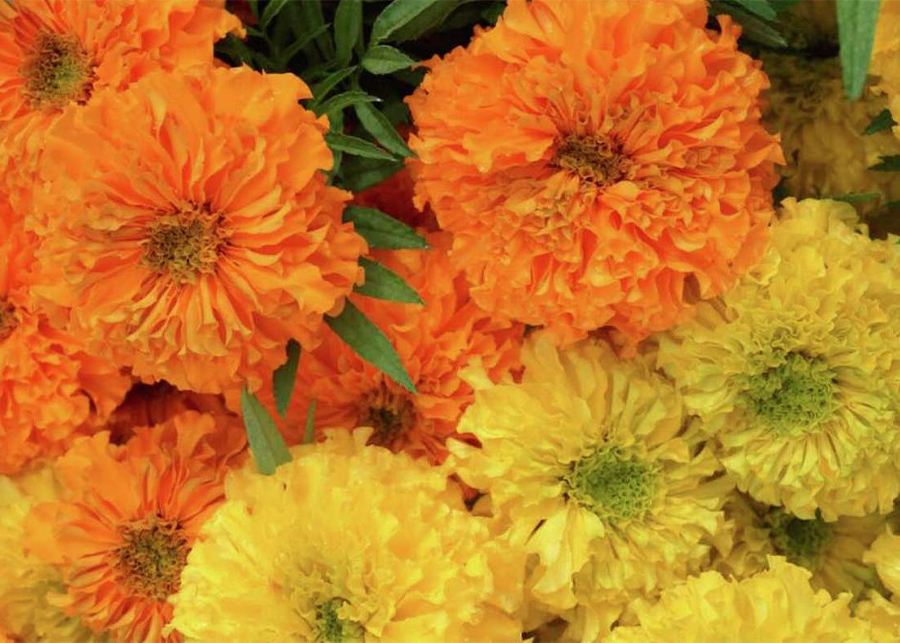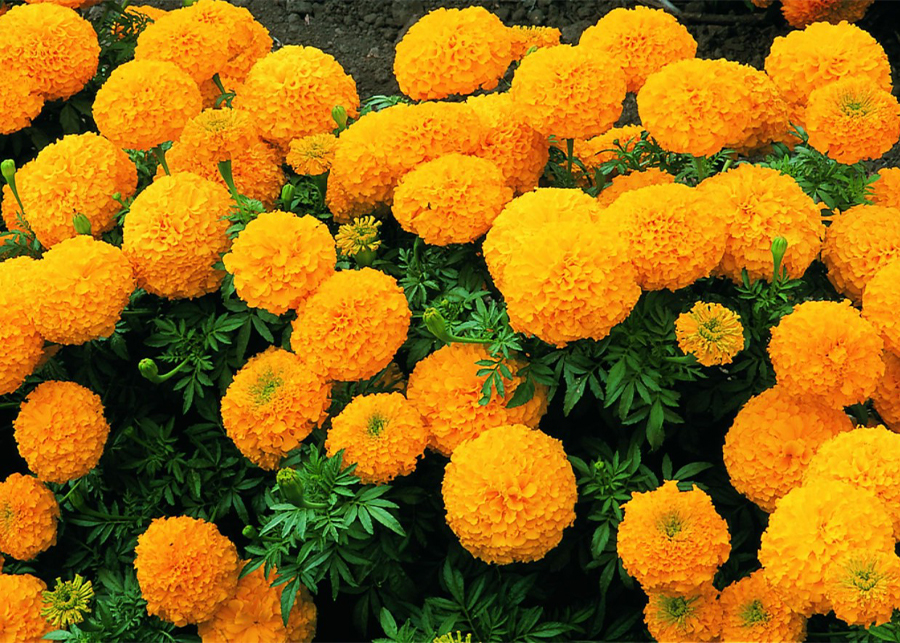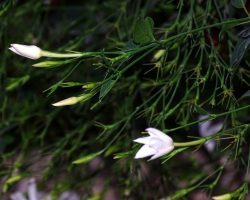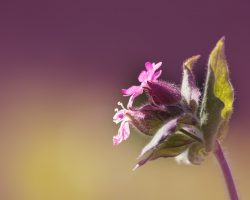Everyone loves marigolds. They come in a variety of colors and sizes, and they’re relatively easy to care for. If you’re planning to plant marigolds in your garden, read on to learn more!
Who doesn’t love the bright and cheerful blooms of marigolds? These flowers are known by many names, including Mary’s gold, but no matter what you call them, they’re sure to add a touch of brightness to any garden. Marigolds come in all shapes and sizes, with colors ranging from orange to yellow to white. They’re also one of the easiest flowers to grow, making them perfect for beginners. So if you’re looking for a flower that will add some color to your garden, consider planting marigolds!
What Is a Marigold?
The marigold is an annual flower that is typically grown for its brightly-colored flowers. The flowers come in a variety of colors, including yellow, orange, and red. They are often used in flower arrangements or as part of a landscaping scheme.
The plants grow best in full sun and well-drained soil. They can be started from seed or from starter plants. Marigolds are easy to care for and are generally pests and disease-resistant.
Marigolds come from the Latin word “Calendula officinalis” which means “the first of the month”. This name was given to the marigold because it blossoms the earliest of all flowers.
The marigold is native to the Americas, but can now be found all over the world. It grows best in sunny, warm climates, and is a popular garden flower because of its bright colors and easy care requirements. Some authorities consider one species, T. minuta, a noxious invasive plant in certain areas.
Marigolds are among the most widespread plants in the world. Their leaves vary from 0.1 to 2.2 meters tall and are normally pinnately green in color. Most species have pinnate green leaves. Blooms come in gold, orange, yellow, and white hues, with maroon highlights naturally occurring. The leaves are larger than the white florets, generally measuring 1- to 6 cm in diameter and having both ray florets and disc florets. They are typically raised as annuals in horticulture, although the perennial cultivars are gaining popularity. They have fibrous roots.

Tagetes species flourish in almost any type of soil, depending on the species. Most horticultural types thrive well in loose, nutrient-rich soil with adequate drainage and a few cultivars are known to endure droughts well.
Cultivation and Usage of Marigolds:
Marigold leaves have a musky, pungent odor, but some varieties are bred to be scentless. It is claimed to repel various insect pests as well as nematodes. Marigold (Tagetes species) is frequently planted with tomato, eggplant, chili pepper, tobacco, and potato in companion planting.
Tagette (or “marigold oil”), an essential oil derived from certain types of marigolds, has been used in the perfume and industry known as tagette or “marigblack oil,” as well as a flavoring in the food and tobacco industries. It grows in South Africa, where it is also a useful pioneer plant in the restoration of disturbed land. Tagetes erecta florets are high in the orange-yellow carotenoid lutein and are used as a food color (INS number E161b) in the European Union for things like pasta, vegetable oil, margarine, mayonnaise, salad dressing, baked goods, confectionery, dairy products, ice cream, and yogurt.
F.A.Q
How did marigold get its name?
These flowers most likely originated in the Middle East, but they have been cultivated on every continent except Antarctica. They have been used both as food and as medicine; they’ve also been used to dye cloth and to make perfumes. Marigold comes from a French word meaning “Mary’s gold”; another possible origin is the Latin word “gelote”, which means “medicine”. Fly agaric mushrooms were also called marigolds because of their bright orange color and star shape.
What is so special about marigold?
If you do decide to include marigolds in your garden, know that you are helping yourself, the bees and the planet. Keep in mind that not all marigolds are the same, so be sure to choose varieties specifically labeled as insect repellant. If you have trouble finding purple flowers, try cultivars with yellow or red blooms, as both colors of petals have insect repellant properties.





